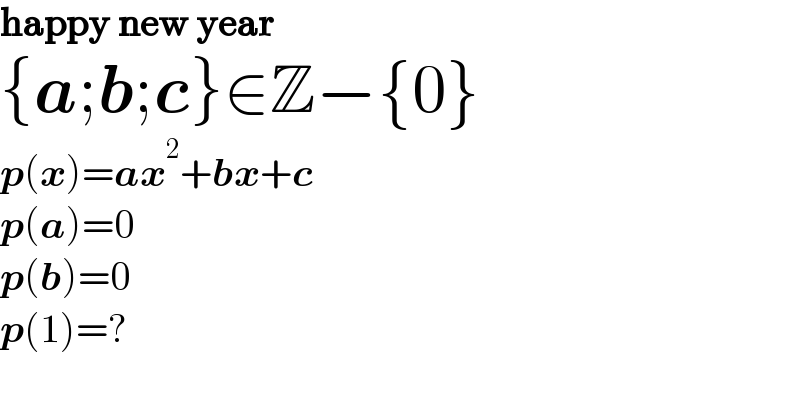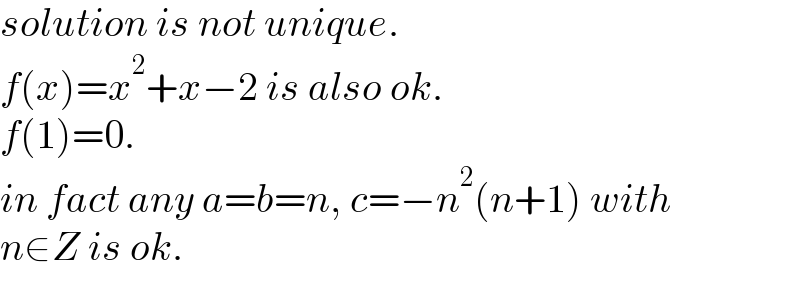
Question and Answers Forum
Question Number 162787 by amin96 last updated on 01/Jan/22

Answered by alephzero last updated on 01/Jan/22

Commented by mr W last updated on 01/Jan/22

| ||
Question and Answers Forum | ||
Question Number 162787 by amin96 last updated on 01/Jan/22 | ||
 | ||
Answered by alephzero last updated on 01/Jan/22 | ||
 | ||
| ||
Commented by mr W last updated on 01/Jan/22 | ||
 | ||